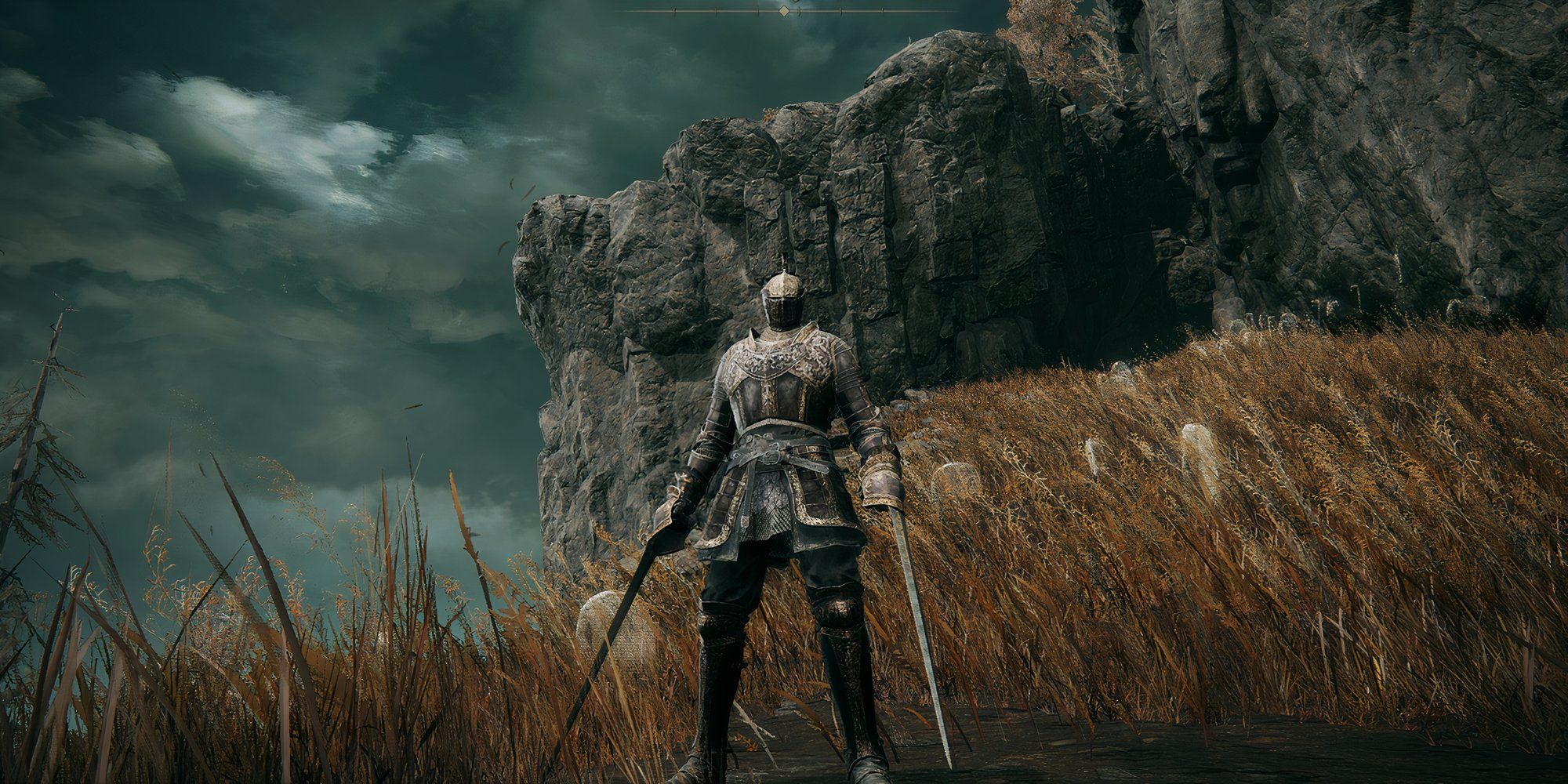
Four minutes reading time
As you sit around the grill on the Fourth of July, raise a glass to William Sharp, who caught the mother of all New Jersey lobsters on this day in 2003.
He dove to the sunken remains of the Almirante, an old banana boat known to everyone as the “flour wreck,” which is a story in itself. The 378-foot freighter belonged to the United Fruit Co. and was en route from New York City to Colon, Panama, with a full cargo hold.
At 2 a.m. on September 6, 1918, in rough seas and thick fog off the coast of South Jersey, a Navy tanker crashed into the ship. The Almirante sank in four minutes; five of the 105 crew and passengers were unable to get out and all of its cargo was lost. For days after the sinking, white foam washed ashore, leading people to mistakenly believe the ship was carrying flour for the banana plantations. The dispatch said it was carrying produce.
As if that wasn’t enough, during a submarine patrol in July 1942, at the start of World War II, an airship spotted the shape of the wreck from the air and reported that it was probably a German submarine. A Coast Guard cutter dropped five depth charges on the wreck, blowing it to pieces. It now lies in scattered pieces of steel in 70 feet of water, 10 miles outside Absecon Inlet.
Under one of these twisted steel plates, Sharp, a retired naval shipyard worker, was engaged in a standoff with a lobster that turned out to be the record for the state of New Jersey.
“It’s so confusing down there. On a good day, you can only see 15 to 30 feet,” said Sharp, now 71 and living where he has always lived, on a lagoon in the Mystic Islands section of Little Egg Harbor, or “the end of the world,” as he calls it.
Sharp spotted the lobster in its hiding place with a flashlight. But he was running out of air. So he cut the rope on his dive reel and tied it to where the lobster was. Then he followed his anchor rope back to his boat called the Kitchen Table. The name was fitting because his friends all sat there together in the winter and planned their dives and fishing trips.
Forty minutes later, Sharp dived down again with fresh air, following the line on his reel. The lobster was still there. He turned off the lights, as bright light can frighten the crustacean. Then he reached in with his hand and grabbed the huge lobster, being careful not to get pinched by one of its huge claws.
“The lobster will defend itself and just get stuck there,” Sharp said. “You have to dig the sand out from under it.”
The water was murky with floating sand particles, but Sharp won his attempt and emerged with the largest lobster ever caught by a diver in New Jersey waters since the state began keeping records.
The lobster weighed 15 pounds, 3 ounces; its carapace, or body, was 7.5 inches long. The state Fish and Wildlife Service sent a marine scientist to Scott’s Bait & Tackle, where the lobster was certified, to examine it. A month later, Sharp’s find was crowned the King of Lobsters.
OK, maybe not the king of all lobsters, but his catch became the state’s official record lobster caught by a recreational fisherman or diver. The record will probably never be broken. New Jersey’s Fish & Wildlife has eliminated the lobster category because it is now illegal to catch lobsters of that size for pleasure. The shell must be no larger than 5¼ inches.
While Sharp’s 15-pounder is the largest fish ever caught by a diver in the state, American lobsters can grow larger, although this is not common. The largest American lobster weighed 44 pounds and was caught off Nova Scotia in 1977. There is also a Maine legend about a 51.5-pound lobster caught in 1926, but the specimen was lost after it was smashed during transport.
As for the fate of the lobster, Sharp ate it. But it was too big to cook in one go. It took him and a friend a week to finish it.
“I didn’t have a pot big enough. I had to eat it scissor by scissor. I saved the pieces,” Sharp said.
He had the lobster’s shell, head and claws mounted. He keeps it on a shelf with other nautical items. Its red paint has long since faded, the lobster mounting is now beige.
When Jersey Shore native Dan Radel isn’t covering the news, you can find him in a college classroom where he’s a history professor. Reach him at @danielradelapp; 732-643-4072; [email protected].



